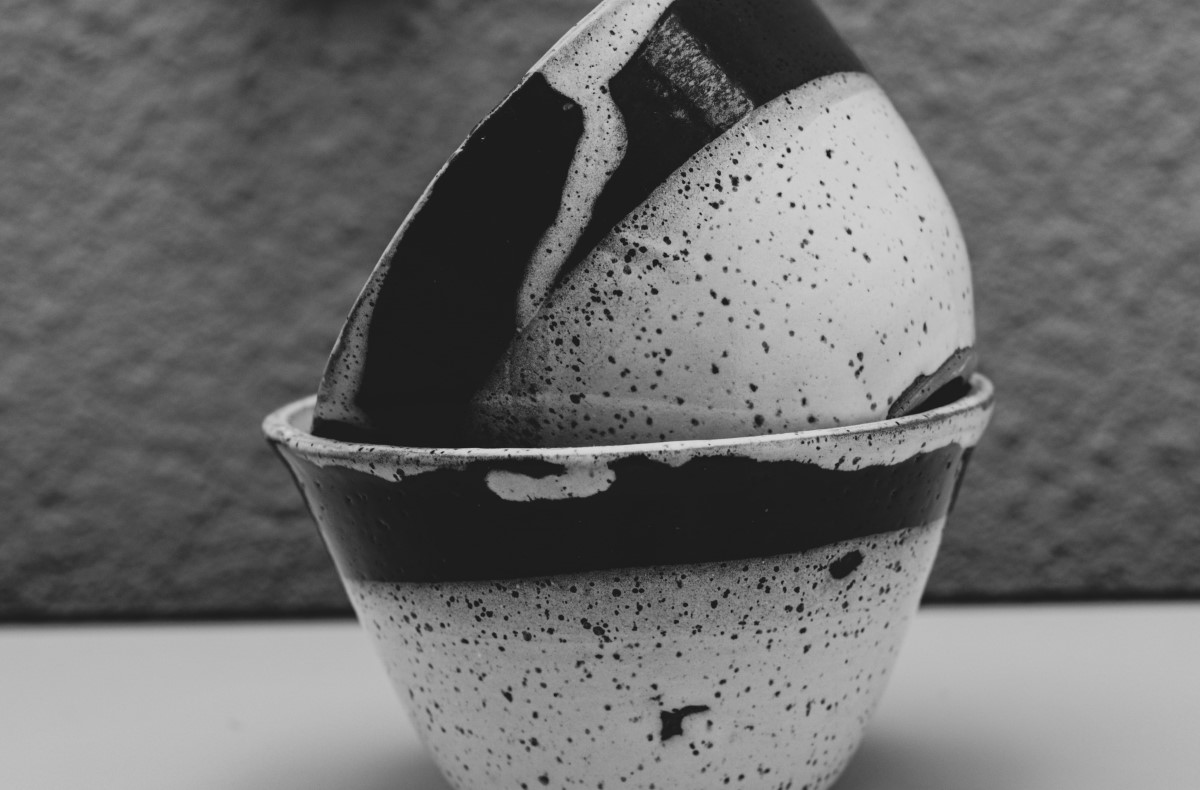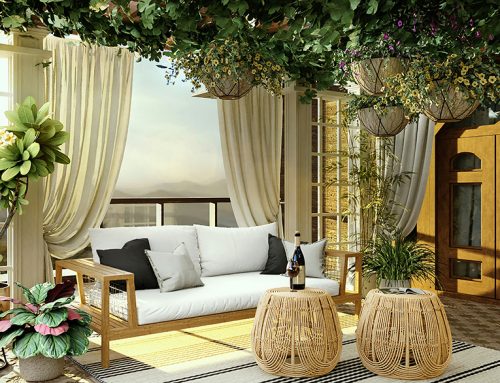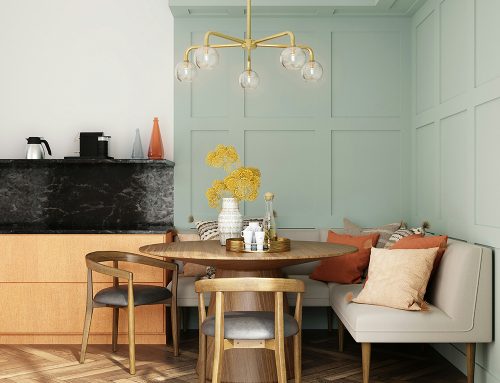Forget about Hygge, this winter we’re all about Wabi-Sabi design! Hygge is everyone’s favourite Scandinavian design trend that highlights cosiness, comfort and simplicity in combination with immaculate Scandi interior design – (read our previous blog here!). We’ve found out about the Japanese inspired trend known as wabi-sabi design.
Similarly to hygge, wabi-sabi isn’t actually a design trend but more of a concept and way of living. The principle focus of the Japanese concept is to find beauty in imperfection. The philosophy has been around since the 15th century when it came about as an alternative to the lavish and ornamental styles of the time. Wabi-sabi was a reaction to combat the rare materials and opulent interior design trends the many couldn’t afford.
We like this trend because it’s all about accepting things as they are! At WyldeIA, we work on many projects that are all about re-working and re-using the spaces that you already have. There is often no need to relocate as your space can be re-designed, refreshed and revamped in situ! We get to know our clients and how they work so we can design a space that is best suited to them and often that involves us working our magic and transforming existing premises.
Wabi-sabi is about connection and authenticity which often in terms of interior design, lends itself to ‘honest’ materials, this encourages the use of raw and natural materials such a timber and stone. Much like Hygge, wooden or exposed stone surfaces are celebrated because of their raw beauty and simplicity rather than using any fancy finishes.
With wabi-sabi, simplicity is key.
“From an engineering or design point of view, wabi may be interpreted as the imperfect quality of any object, due to inevitable limitations in design and construction/manufacture especially with respect to unpredictable or changing usage conditions; then sabi could be interpreted as the aspect of imperfect reliability, or limited mortality of any object”
Some of the best examples of wabi-sabi can be found in Japanese pottery and ceramics, where the simplicity of the object is beautiful and perfectly functional, yet not finished to an immaculate standard and can appear stunningly basic.






